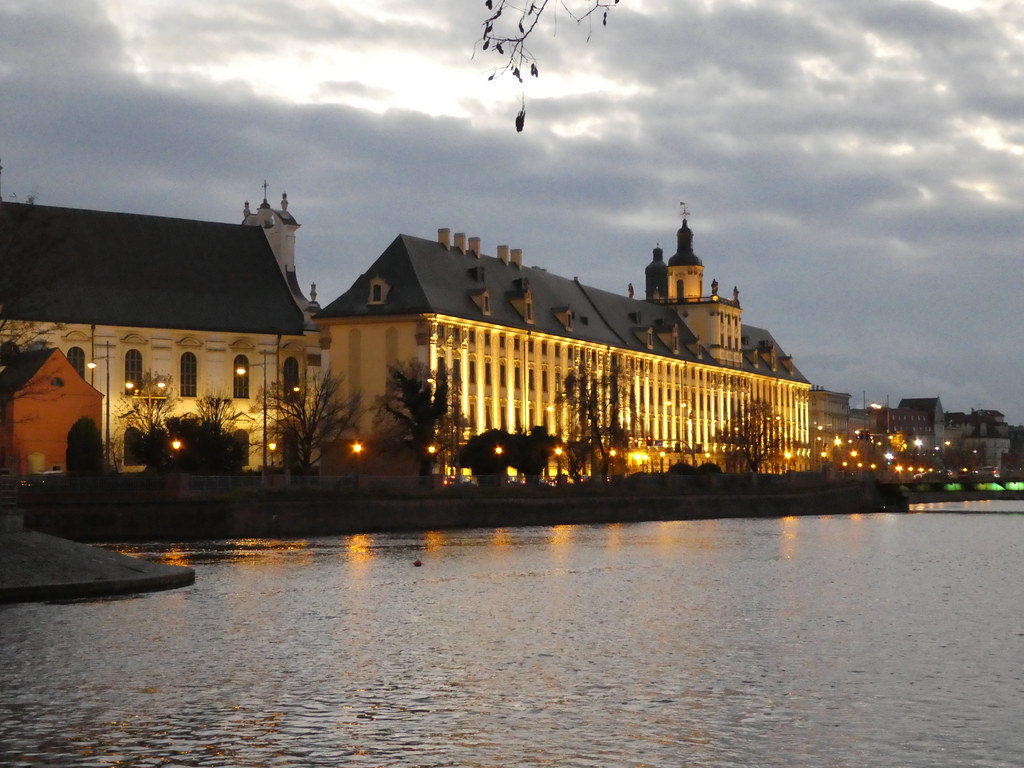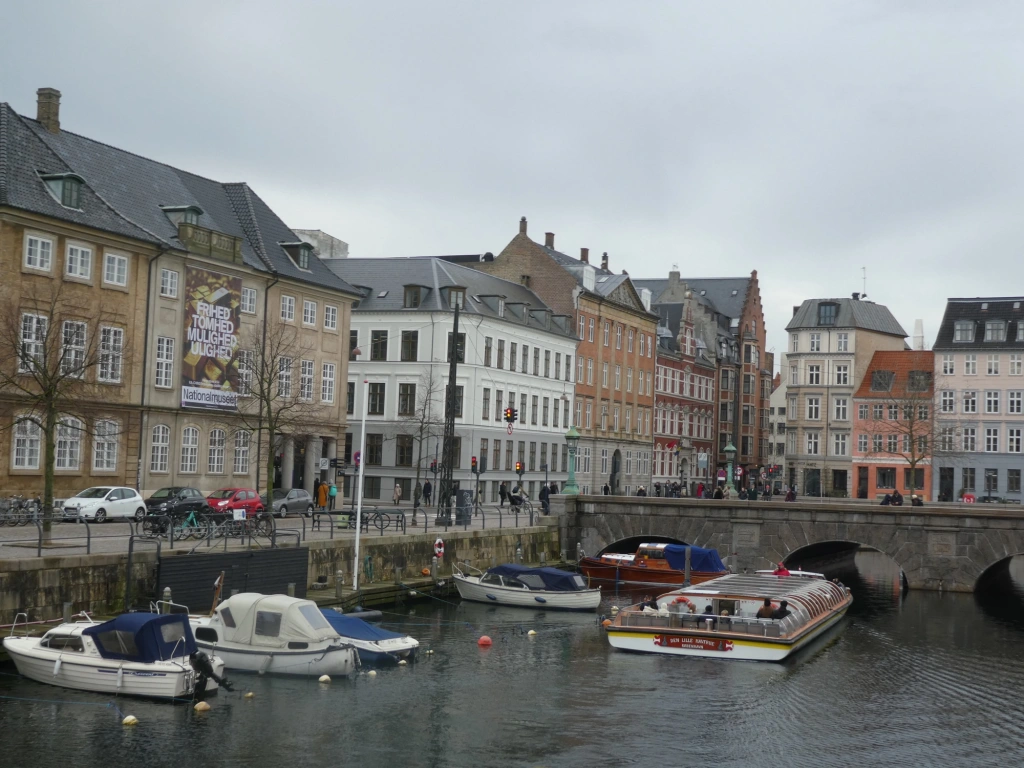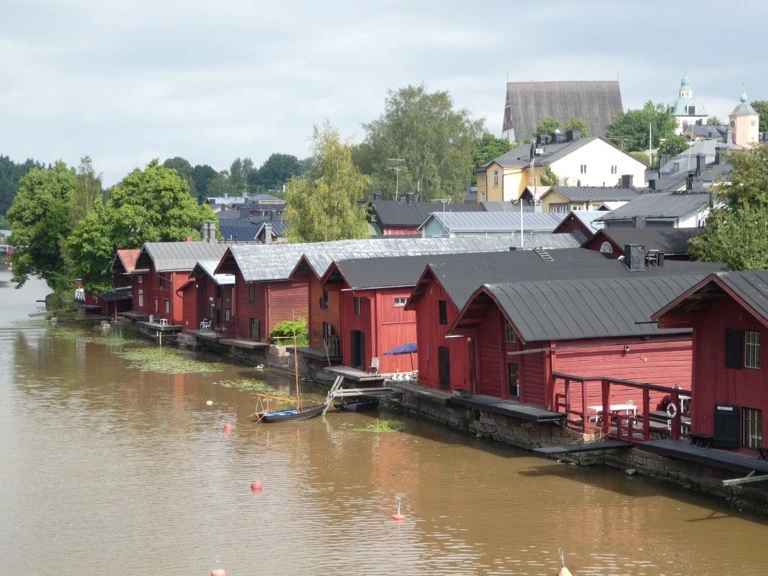Tallinn is one of the best preserved Hanseatic old towns in Europe and its delightful old town has been a UNESCO World Heritage Site since 1997. Whether you are arriving by air, ferry or cruise ship the old town is easily reachable within 15 minutes. We travelled on the luxurious Tallink My Star ferry from Helsinki taking just two hours, giving us almost seven hours to explore the city.
A convenient and cost effective way of exploring Tallinn is to purchase a Tallinn Card which includes entrance to over 50 museums and attractions as well as free city wide public transport making it quick and easy to get around. Cards are available in 24, 48 and 72 hour durations with prices starting from just €34. By referring to my travel guide you can plan your time in advance deciding what interests you enabling you to make the most of your time in this beautiful city.
Here are my suggestions:
Explore the medieval old town
The walking route from the ferry leads to the imposing city walls that enclose the old town. Many sections of the walls and the defensive towers are beautifully preserved as they would have looked hundreds of years ago. They were constructed in 1265 and are now a UNESCO World Heritage Site.
Enter through Viru Gate which is flanked by two towers and is one of the most picturesque sections. Just inside the gate, a daily flower market takes place which is lovely to see with its large displays of fresh flowers. Tallinn’s old town is an absolute delight with its exceptionally well preserved maze of narrow, cobblestone streets lined with cosy cafes, interesting small shops, beer halls and restaurants.
At the heart of the Old Town lies the Town Hall Square which was once a market and the centre of the city’s government. This cobblestone square is named after the Gothic town hall which stands to one side and is surrounded by quaint, Hanseatic buildings. During the summer it’s home to numerous events and is where a fairy-tale like Christmas market takes place each December.
Toompea Hill
Climb to the top of the old town via Toompea Hill for views of the medieval fortress Toompea Castle. The fortress towers above the old town and is the seat of the Estonian Parliament. The blue, black and white Estonian flag is raised every morning at sunrise to the sounds of the National Anthem.
Alexander Nevsky Cathedral
This spectacular, onion-domed cathedral perched on top of Toompea Hill is Estonia’s Orthodox cathedral and the grandest, most opulent church in Tallinn. Entrance is free however photography is not permitted.
Enjoy a walk on part of the walls which span 1.9 km. Located on the northern side of Toompea Hill is the Kohtuotsa Viewing Platform. From here there are stunning views over the old town across to the port beyond. The Patkuli Viewing Platform is located slightly further along the city walls and also offers breath-taking views over the city rooftops and of the new town. From there, descend the 157 steps to the town below.
Balti Jaam Market
It’s always interesting to visit an overseas market and the one at Tallinn is no exception. Balti Jaam is located next to the railway station and contains around 300 stalls over its three floors. There are large halls for fresh fish and meat, an entire lane devoted to fruit and vegetables and lots of inviting dining options in the street food zone. Upstairs visitors can take a look at Estonian design, crafts, clothing and household goods.
The following museums and attractions are included in the Tallinn Card:
Church of St. Nicholas – the church has recently been converted into an ecclesiastical museum. Containing art from the 1500-1600’s, altar pieces, a magnificent candelabra and the seven surviving metres of the ‘Dancing Death’ masterpiece by Bernt Notke (1435-1509).
Take the newly installed glass lift to the top floor indoor viewing platform for impressive views of the old town. Highly recommended and no exertion required to reach the top of the tower.
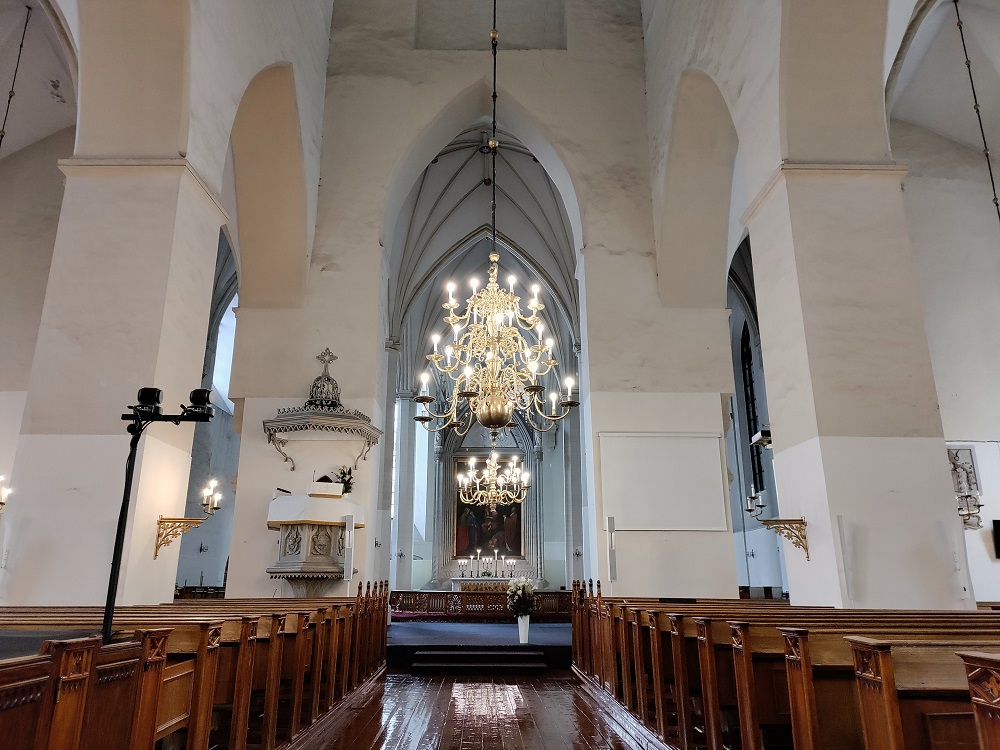
St. Olav’s Church – This gothic church was constructed between 1549-1625 and was at one time the tallest worldwide. Nowadays its smaller 124 metre spire still towers over many of Tallinn’s buildings and remains an important symbol of the town. From May-October, it’s possible to climb the narrow winding stairs to the viewing platform for magnificent views of the old town and port area. (Free admission to the church but tickets required to access the tower).
Kadriorg Palace – located on the edge of town, the palace was founded by Peter I in the 18th century and named in honour of his wife Catherine I. The interior is considered to be one of the most beautiful examples of Baroque architecture in Northern Europe and is now home to an Art Museum displaying Estonia’s foreign collection.
KGB Prison Cells – this prominent art-nouveau building conceals a dark history as in 1940 the headquarters of the People’s Commissariat of Internal Affairs (later the (KGB) was established there. The basement of the building was used as detention cells creating the most feared prison in the area. Explore the dismal corridors where crimes against humanity were committed.
Museum of Fat Margaret / Estonian Maritime Museum – learn about Estonia’s seafaring history from medieval maritime trades to modern day passenger ships. Don’t miss viewing the 20m shipwreck of a medieval merchants ship.
Sea Plane Harbour – explore one of the finest maritime museums in Europe. The vast interior contains a genuine submarine from the 1930’s and several other full sized craft, mines and cannons. Outdoors visitors can take a tour around Suur Töll, the most powerful steam powered icebreaker of its time.
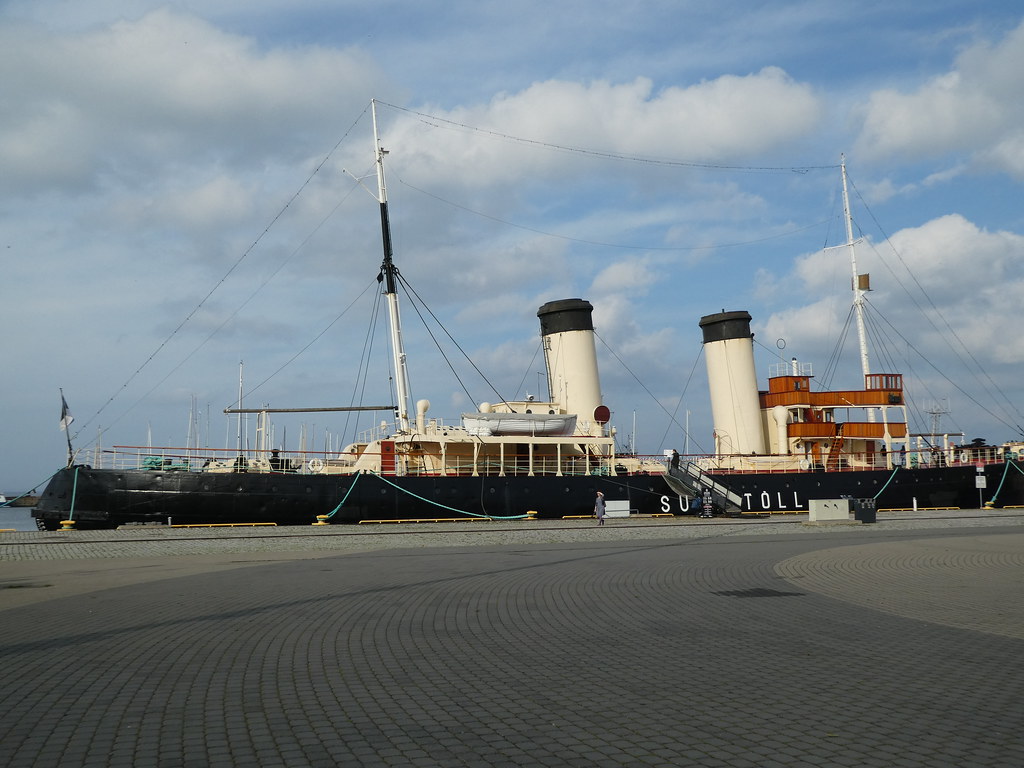
Estonian Health Care Museum – a fascinating museum covering all aspects of health care, autonomy and medicine through the ages.
I hope this travel guide has inspired you to plan a visit to Tallinn as it’s a delightful, compact city and home to lots of inviting cafes, restaurants and beer halls.


